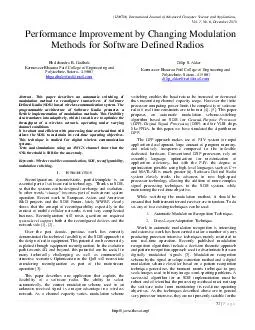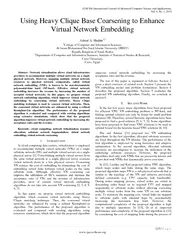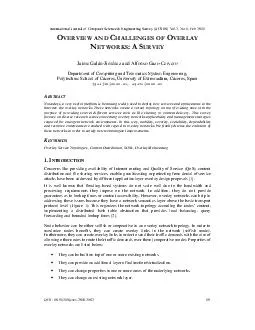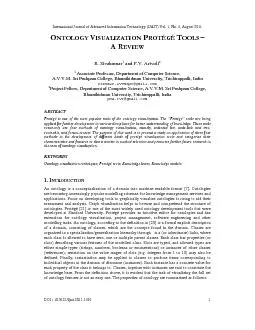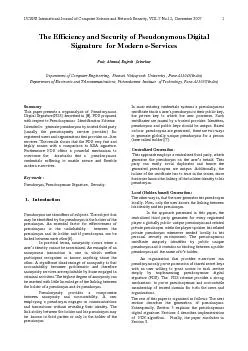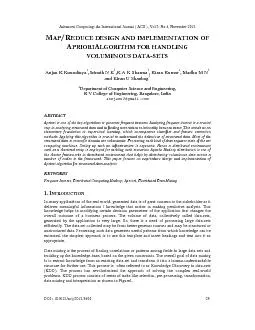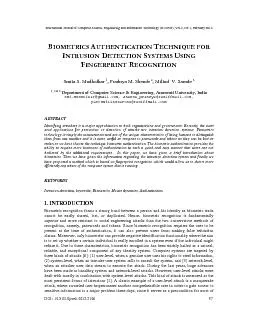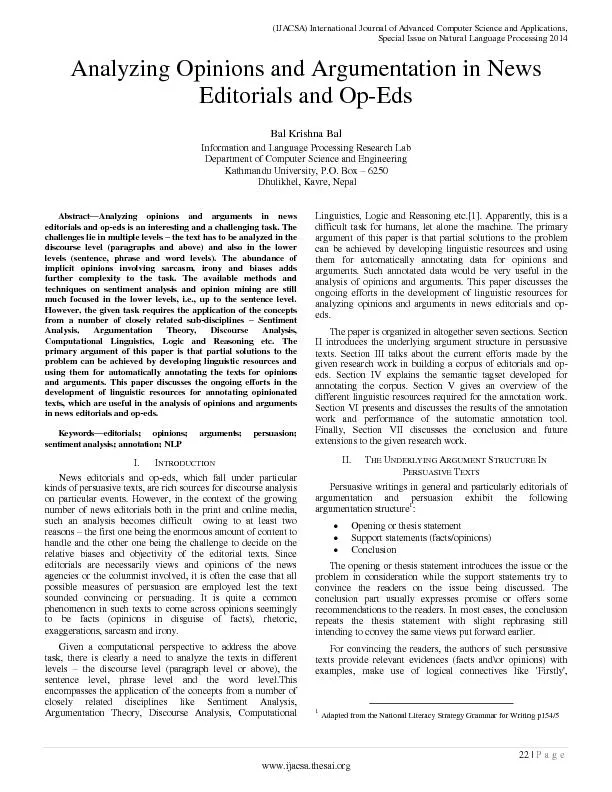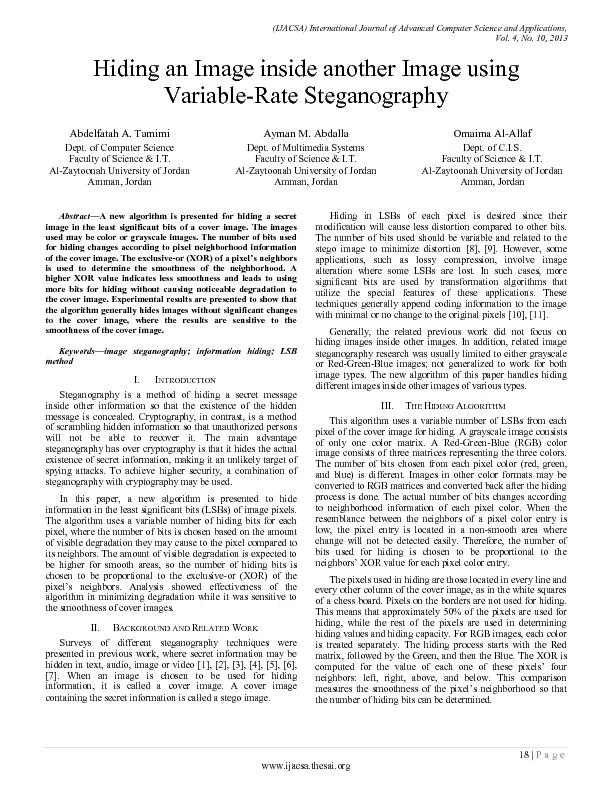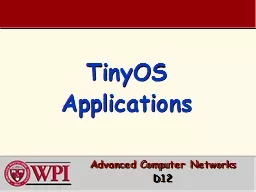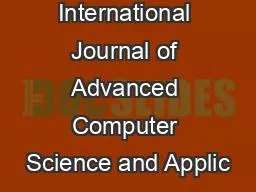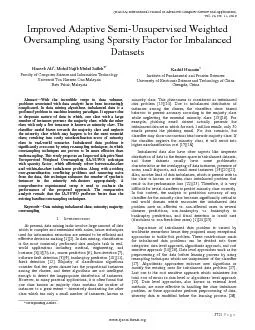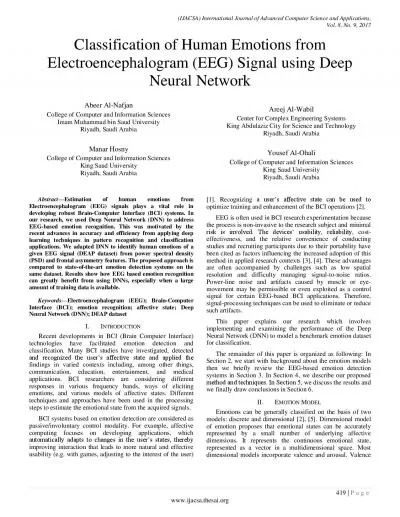PDF-IJACSA International Journal of Advanced Computer Science and Applications Vol
Author : jane-oiler | Published Date : 2015-01-19
1 No 6 December 20 10 72 P a g e httpijacsathesaiorg Performance Improvement by Changing Modulation Methods for Software Defined Radios Bhalchandra B Godbole Karmaveer
Presentation Embed Code
Download Presentation
Download Presentation The PPT/PDF document "IJACSA International Journal of Advanced..." is the property of its rightful owner. Permission is granted to download and print the materials on this website for personal, non-commercial use only, and to display it on your personal computer provided you do not modify the materials and that you retain all copyright notices contained in the materials. By downloading content from our website, you accept the terms of this agreement.
IJACSA International Journal of Advanced Computer Science and Applications Vol: Transcript
Download Rules Of Document
"IJACSA International Journal of Advanced Computer Science and Applications Vol"The content belongs to its owner. You may download and print it for personal use, without modification, and keep all copyright notices. By downloading, you agree to these terms.
Related Documents

